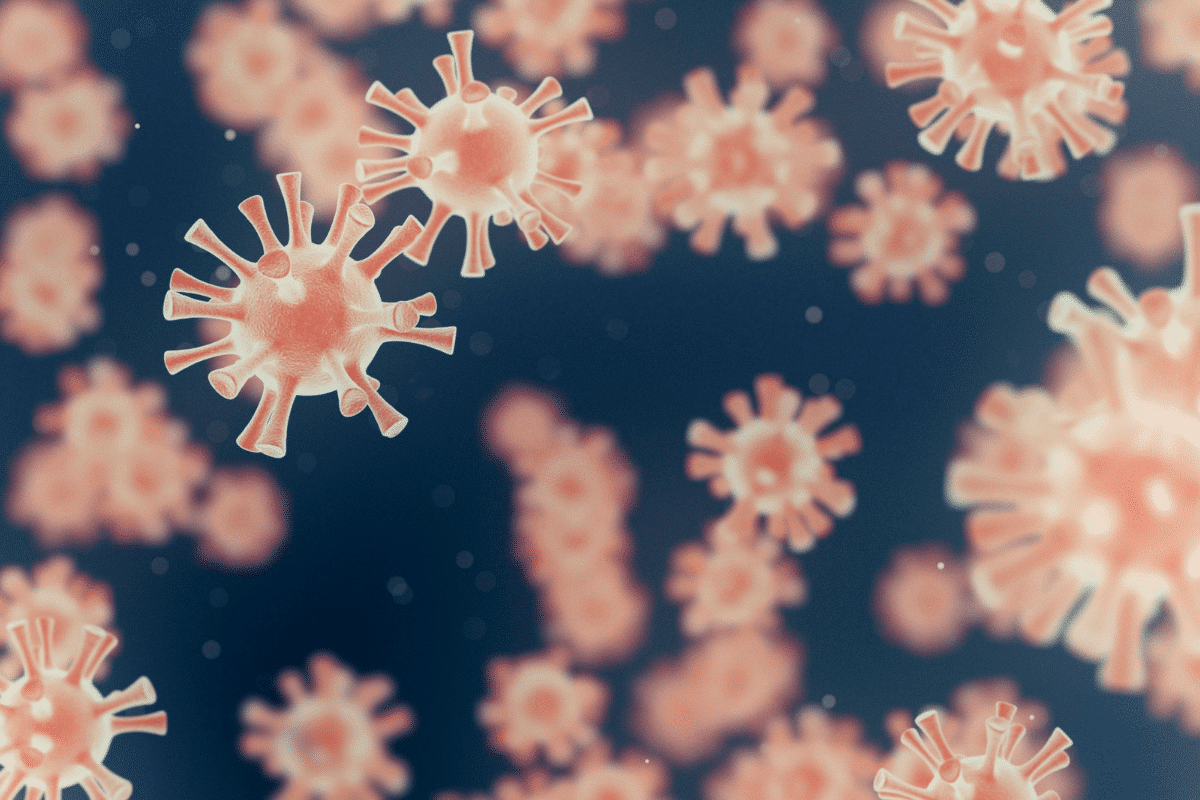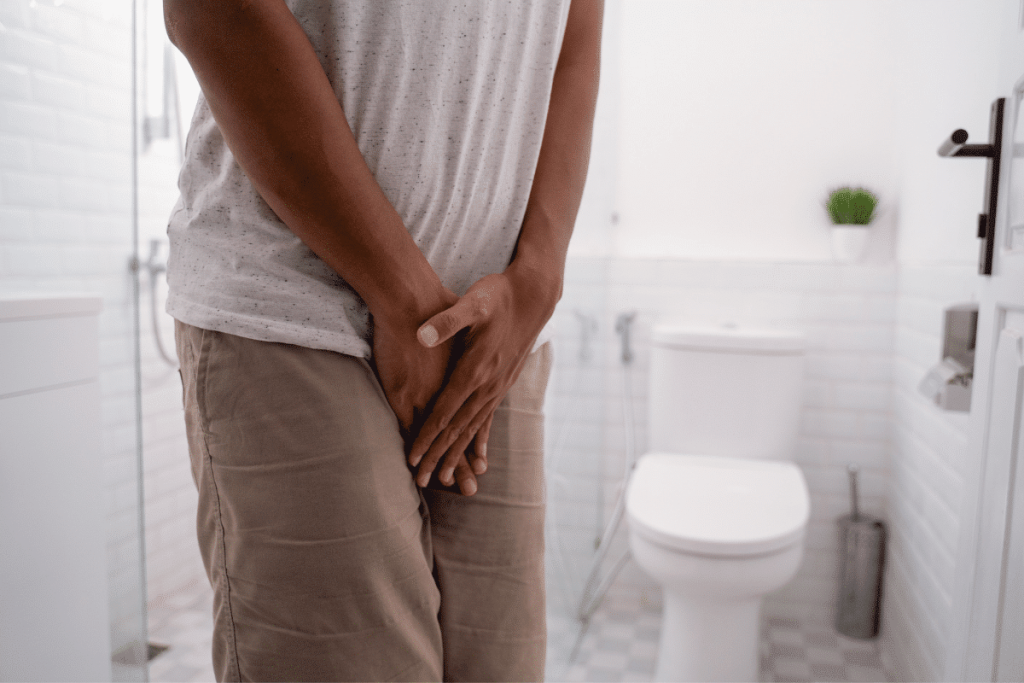Unlike molluscum contagiosum that is caused by the virus Molluscum contagiosum, chancroid spread is a bacterial infection that is caused by the bacterium Haemophilus ducreyi. This infection is characterized by the appearance of painful blisters or sores on the genitalia.
The open sores may bleed or break and the bacteria from the fluid can transmit to other people during oral, anal, or vaginal intercourse. While chancroid is a sexually transmitted infection, skin-to-skin contact with a person who has been infected and has developed the ulcers can also put someone who has not been infected at risk of getting the infection.
While chancroid can spread easily, it is curable.
What are the symptoms of chancroid?
As mentioned above, the chancroid is characterized with the appearance of painful sores on the genitals. Ulcers can be different in terms of size but all of them have a soft spot in the center that is usually gray and can easily begin bleeding if you touch them.
Someone who has chancroid may experience the symptoms within ten days or fewer after exposure to the bacterium. According to research, the symptoms will appear at least three days after the exposure.
Other symptoms may include:
- Painful urination
- Pain during sexual intercourse (anal, vaginal)
- Swollen lymph nodes
Keep in mind that since there are other sexually transmitted infections (STIs) that are characterized with bumps, you will need a consultation with your healthcare provider in order to determine whether you have chancroid, syphilis, or herpes.

How does chancroid spread?
As a sexually transmitted infection, chancroid spread through sexual contact (oral, anal, and vaginal) with someone who has the infection. A person is considered contagious and at risk of spreading the disease when bumps appear on their genital areas.
Touching the pus-like fluid from the chancroid ulcers can also spread the bacterium.
How do I avoid chancroid?
If you are sexually active with multiple sexual partners, using latex condoms will protect you from chancroid and other STIs. Keep in mind, however, that condoms may not cover the areas where the chancroid bumps appear such as on the scrotum and anal areas. However, using condoms correctly can lower the risks of getting STIs.
If you have sex with commercial sex workers, your chances of getting chancroid (and other STIs) are higher. Practicing safe sex is important.
You also might want to consider getting help if you have the tendency to mix drugs and alcohol with sex as these substances may lower your inhibitions during sexual contact which can make you less careful and more vulnerable of getting STIs.
Can chancroid spread be easily treated?
Yes, your healthcare provider will guide you on which medication and other treatments to pursue in order to cure chancroid if you are infected with the infection.

